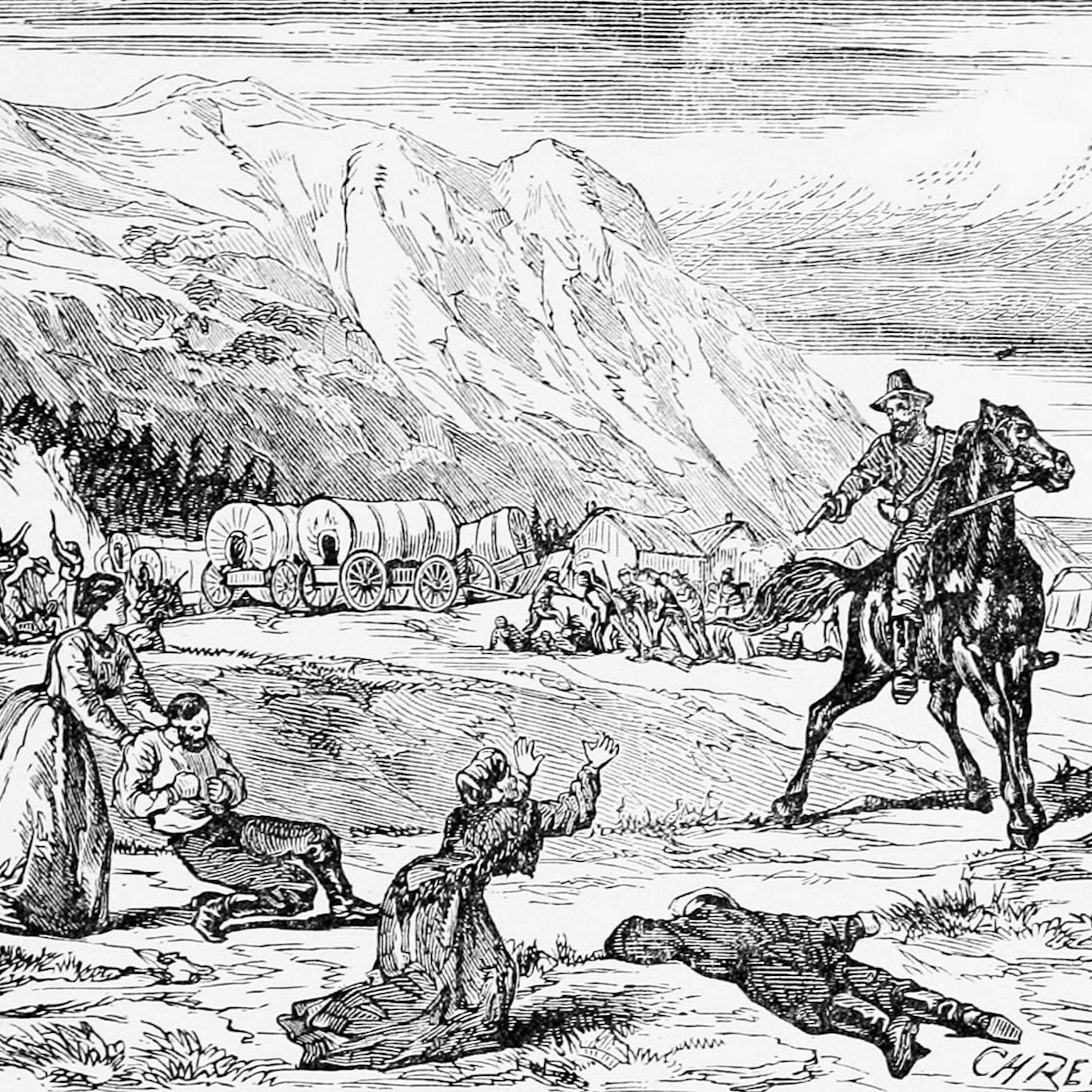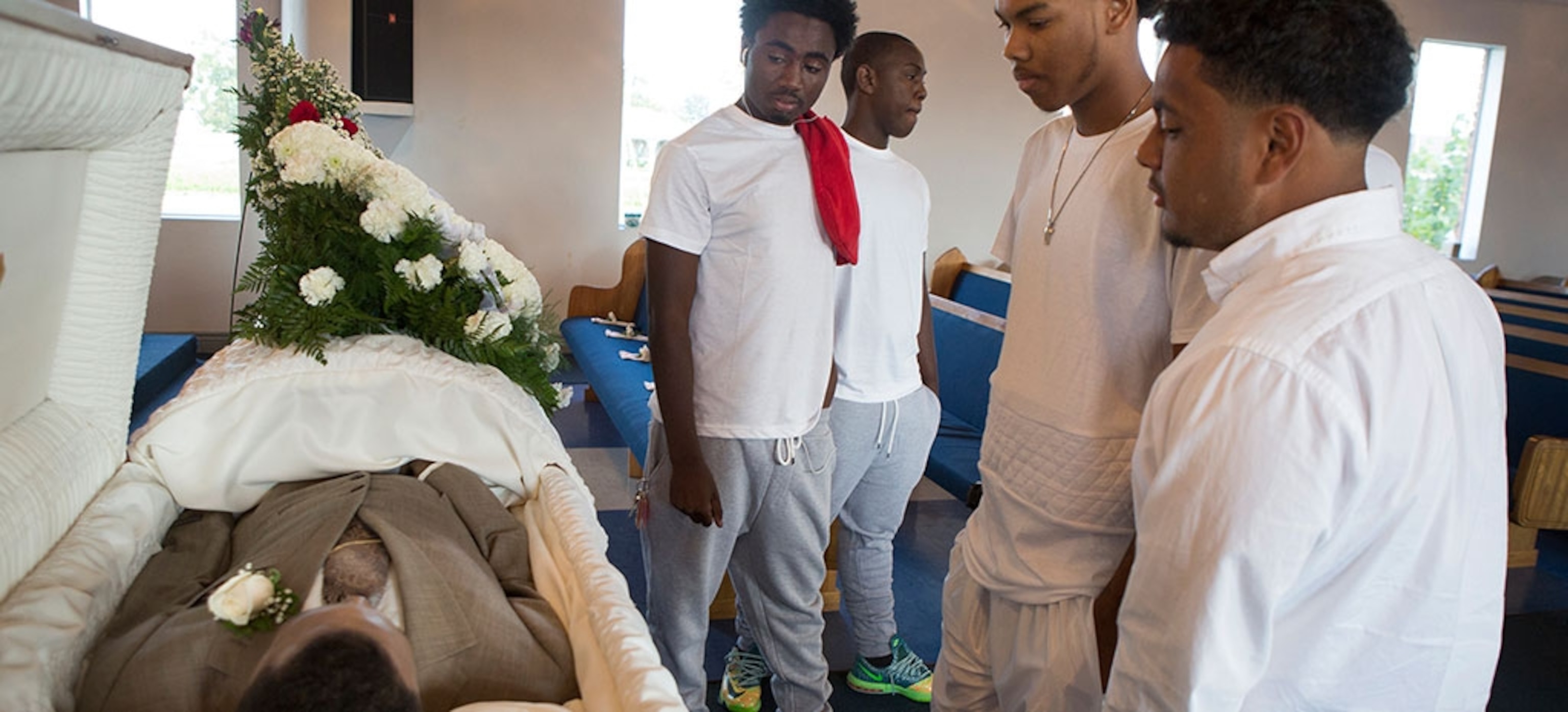
Remembering a Young Life Lost With Joy and Sorrow
Over the coming months, New Orleans native son Tyrone Turner will be revisiting the city he loves, checking in on how the people and landscape have healed since the devastation of Hurricane Katrina. Turner’s journey leading up to the tenth anniversary of the storm on August 29, 2015, continues with an intimate look at a community grieving one of its own.
“Just a typical high school kid—sports, girls … parties, dances, and stuff he used to go to. He wasn’t perfect, but he was our kid, you know. Finished high school in May of this year. Planning on going to the service, to the Navy,” said Kerry Lee about his son, Malik Kyran “Doothy” Braddy, 18, who was shot and killed in New Orleans’ Lower Ninth Ward on October 10, 2014.
“All Malik wanted to do was get … a job, try to do the right thing. But I always told him you out there fighting and they gun slinging,” Lee said. He and his wife believe their son was targeted because of a long-standing rivalry from the early years of high school.
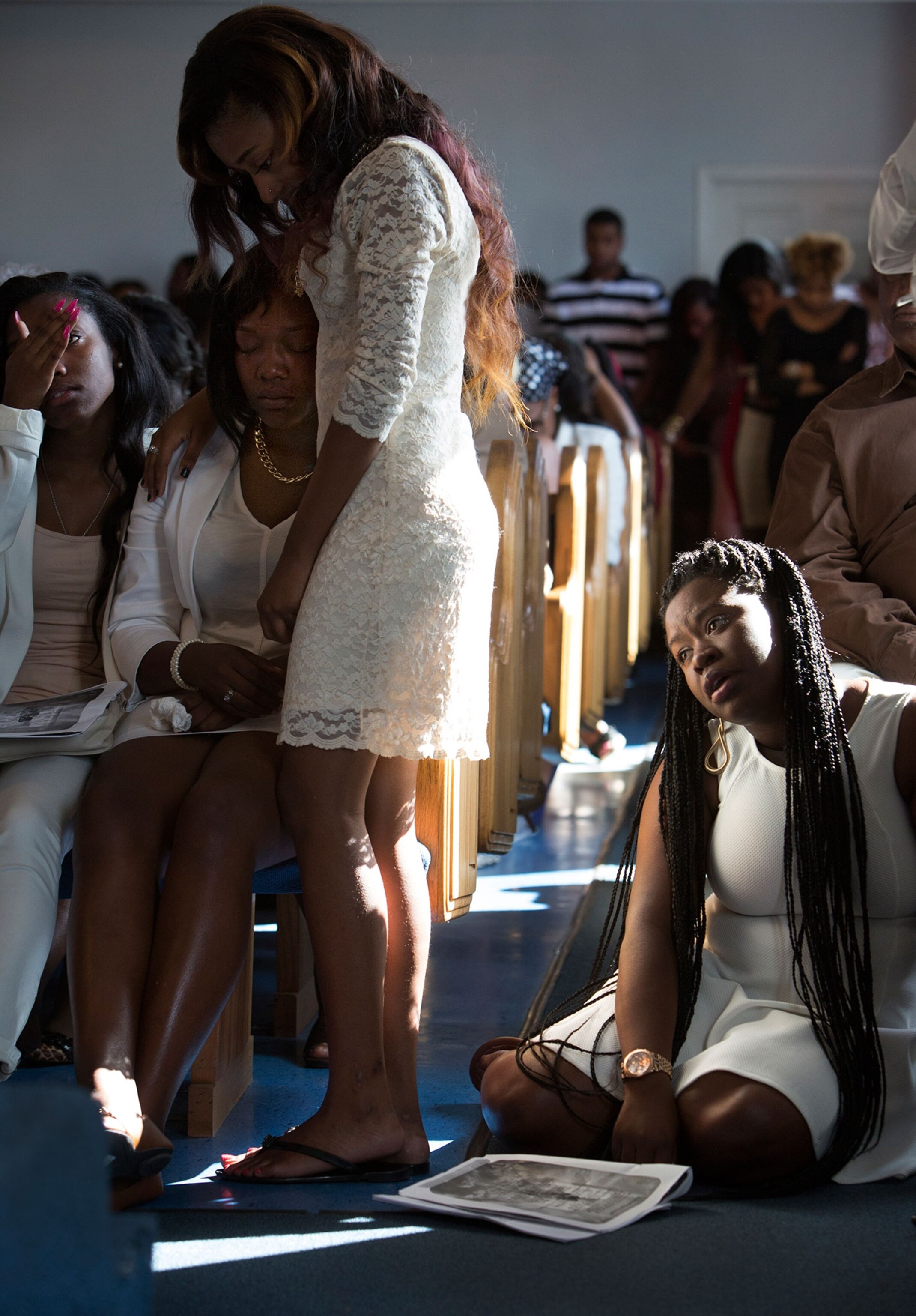
I never met Malik: I didn’t know his family before he was killed. Robert Green, who lives in the Lower Ninth Ward and who was part of my first Proof post about New Orleans ten years after Hurricane Katrina, told me about the young man’s death as we visited in the living room of his rebuilt home. Robert brought me to the nearby crime scene, with melted candles and stuffed animals marking the remnants of a recent vigil for the young man.
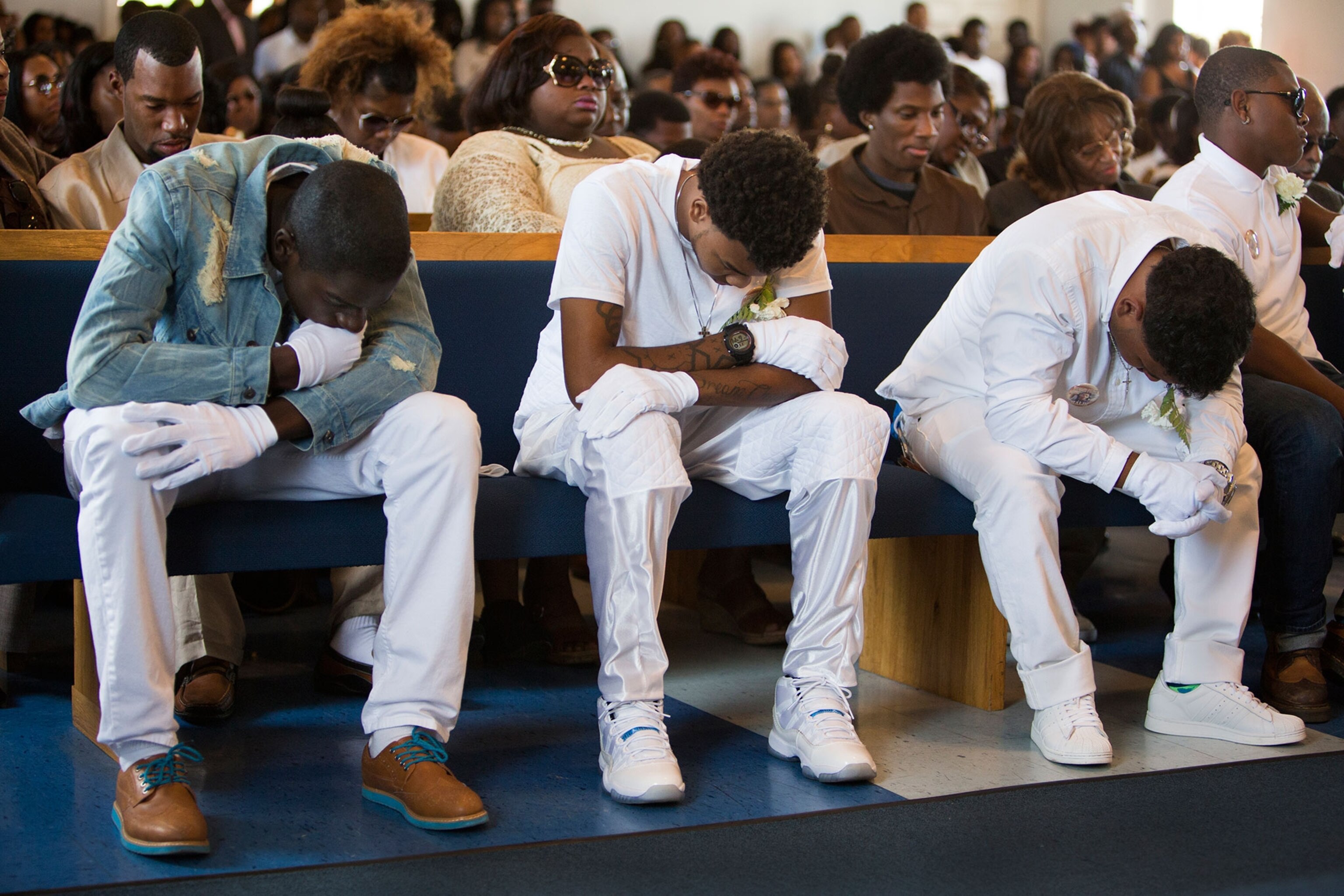
Having grown up along the 17th Street canal levee, which also broke during Katrina, I had friends and family in many parts of the area. My youth was not rocked by gun violence and so I was shocked talking to my brothers about their teen experiences in the 1990s. Twins, 12 years my juniors, they described parties at friends’ houses where young people would flash pistols and bravado. One of their close friends, a 16-year-old, was fatally shot after a fight at one of those parties.
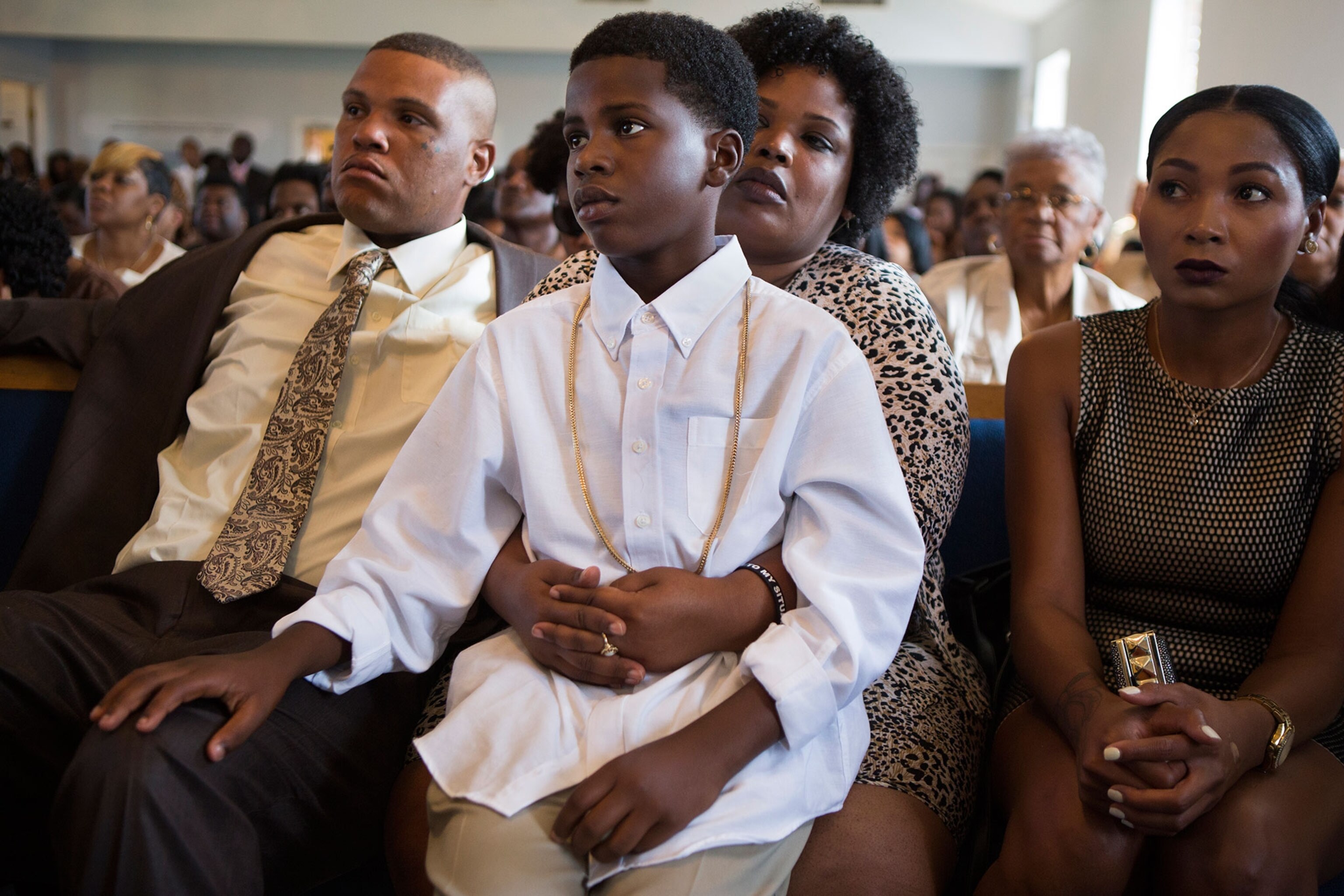
Malik’s death resonated with me as a problem the city has been grappling with for many years. In 1994, while I was a staff photographer for the New Orleans Times-Picayune, the number of homicides pushed past 400 in a city with a population of close to 500,000. New Orleans grabbed the title of “homicide capital” and didn’t look like it would ever give it up. Many of the faces that showed up in the newspaper as victims or perpetrators were young black men. They were spoken of as a demographic in crisis. Fear crystallized racial divisions and fueled the flight to the mostly white suburbs that had been going on since desegregation in the 1960s.
Today, the absolute number of murders in the city has fallen to a 40-year low; however, New Orleans still has one of the highest homicide rates in the country, three times greater than cities its size around the country. Malik was one of 150 lost to violence in 2014.
The morning of Malik’s funeral at the Ray Avenue Baptist Church in New Orleans East, Reverend Robert Brown looked out at young faces filled with grief and anger, and spoke of the dangers of youthful rage and the importance of celebrating Malik’s life.
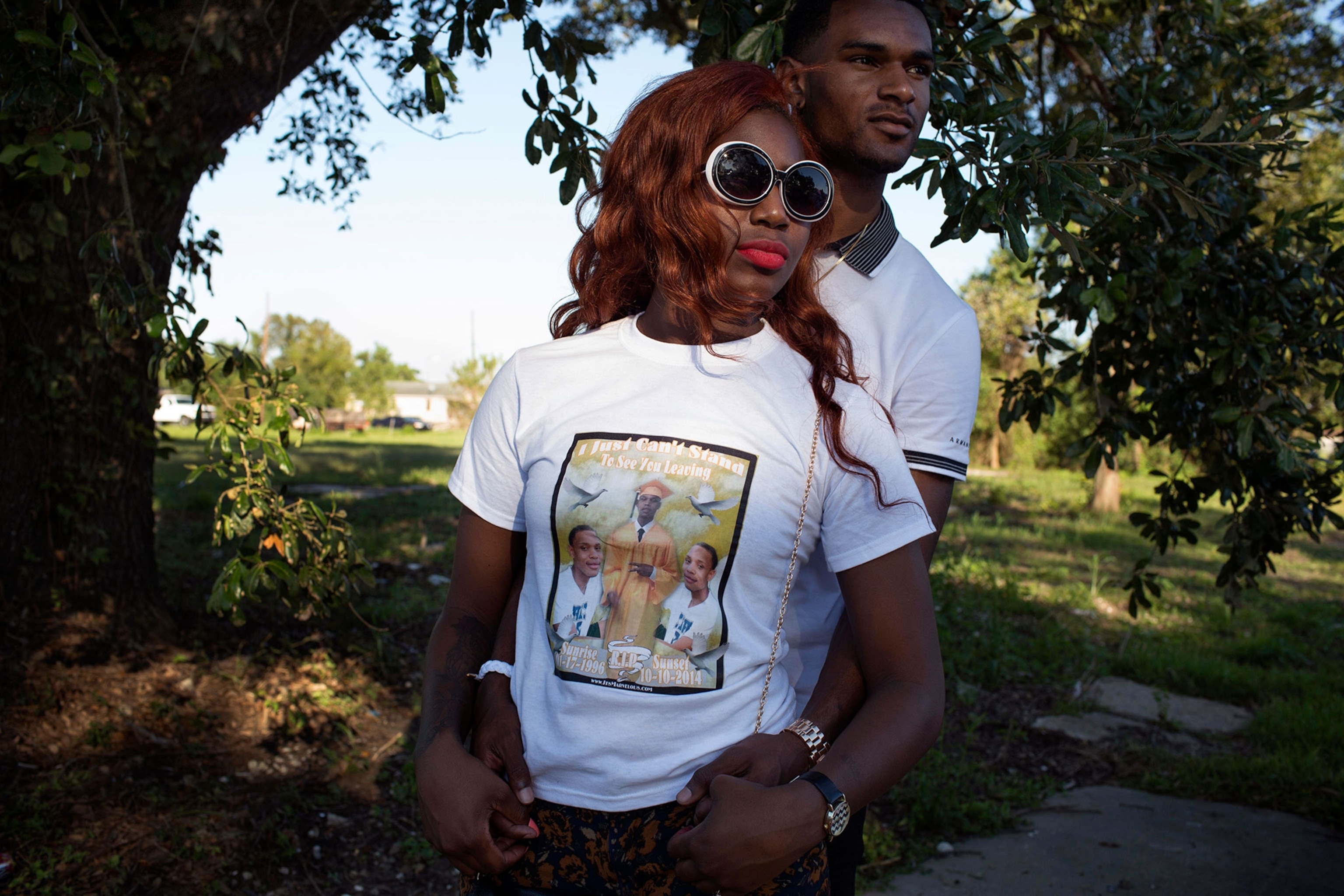
Others who attended Malik’s funeral agreed with Pastor Brown’s sentiments. Tammy Kelly-Liggins, or “Nurse Tammy,” met Malik when she was the school nurse at his high school. Malik had been getting into fights at school, and she helped him cope with those tensions. She became so close to Malik that he called her his second mom.
I asked Nurse Tammy for her thoughts on the relationship between Hurricane Katrina and youth violence, as someone who has had first-hand experience with kids in the city since the storm. She talked about how present-day New Orleans is a minefield for young people: “Many of these kids were young during Katrina, they watched family die, neighbors die. Nobody is helping them. Their whole support system failed, disintegrated like dust, and they are in quicksand.”
One of Malik’s’s childhood friends, Quendrick, reflected on losing Malik and other friends and family to violence. “Change gotta come … If this generation [is] pushing … to stop the violence, thou shall not kill, that means the next generation after us—that’s how they are going to be brought up. It could change but it is up to us to change it.”

After the funeral, the family held their repast in the Lower Ninth Ward home of Malik’s grandmother, where he had been living. The house sits on the northern end of Tennessee Avenue as it stretches away from the more populated areas. Across the street, fields stretch open where houses once stood before the Industrial Canal levee broke during Katrina.
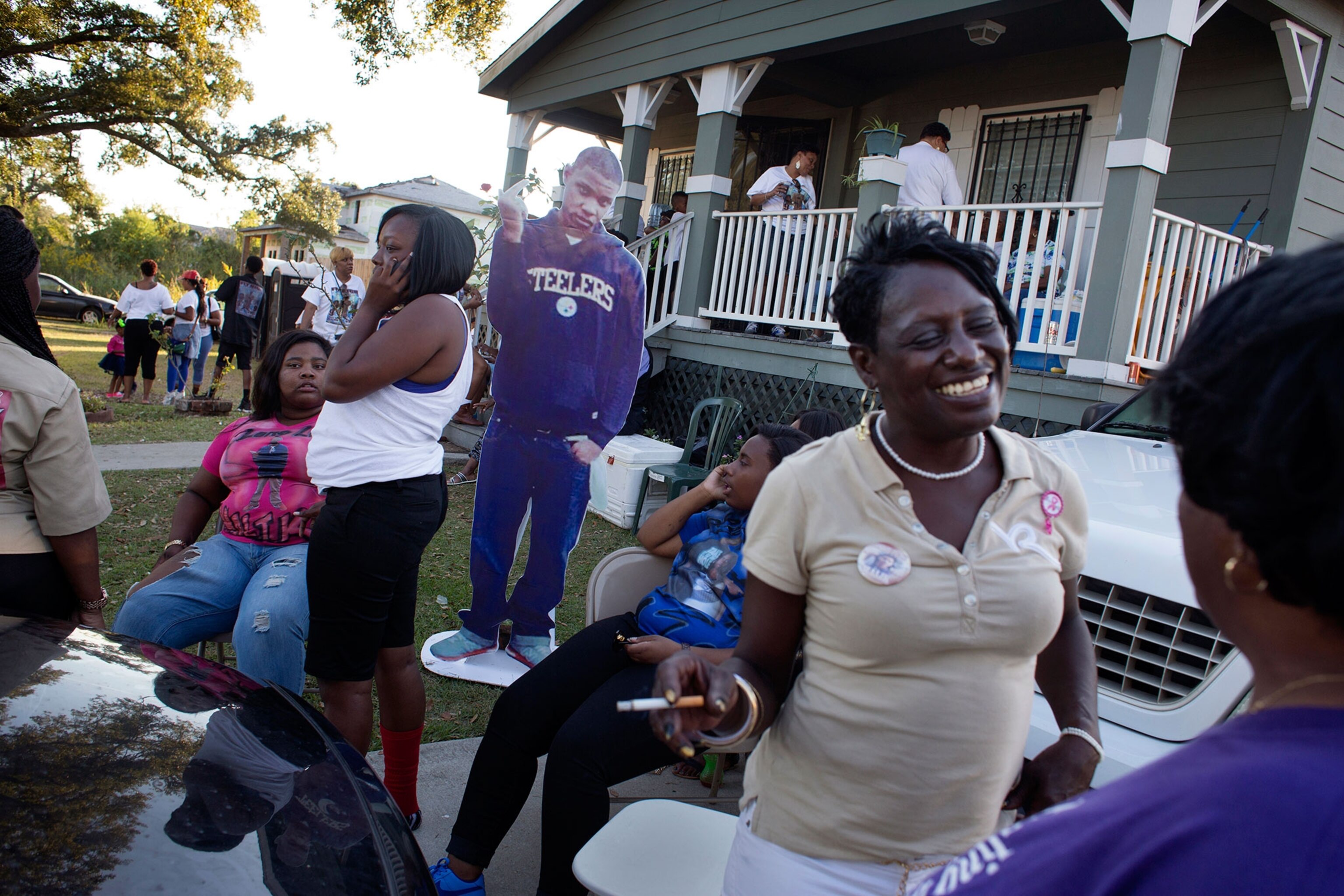
Many of those in attendance wore shirts bearing Malik’s smiling face and messages of remembrance: “RIP Doothy,” “Fly High,” and “Heaven Couldn’t Wait for You.” The sun beat down on the party tents set up in a side yard. Embraces and laughter softened the sharp edges of grief. A DJ spun tunes, kids rolled around in a moon bounce, and a line formed for the barbecue and mac and cheese.
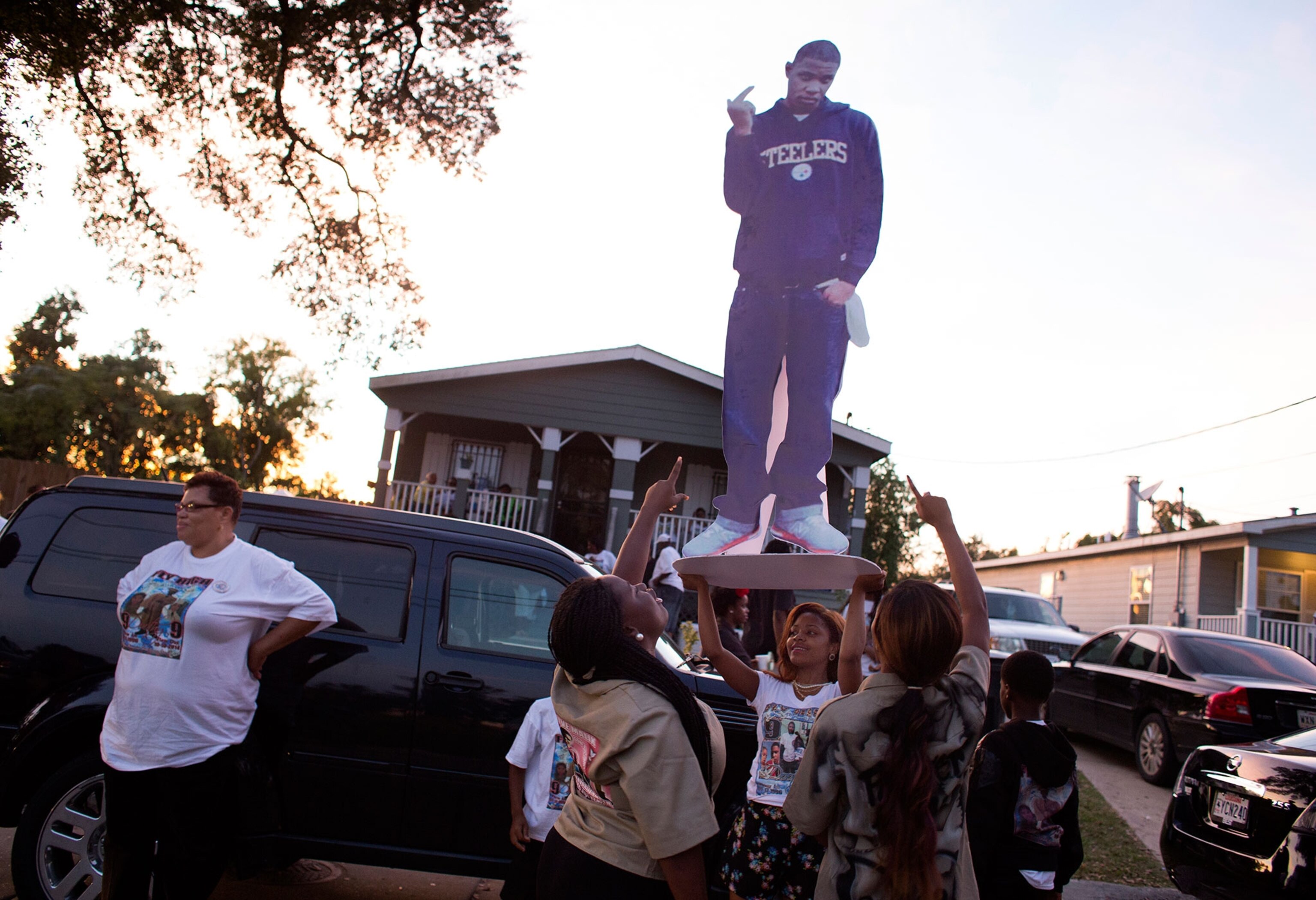
A life-size cutout of Malik stood on the front lawn of the house. In the picture Malik was relaxed, right hand extended upward with two fingers pointing out. Friends and family carried him from the lawn into the street, posing with their arms around him for one last selfie.
“Everybody talking about that Chucky Cheese smile … big old smile—he had a beautiful smile,“ said Sheila Braddy about her son.
A small group hoisted Malik’s likeness above their heads and into the twilight, lifting him to the heavens.
Tyrone Turner’s look at New Orleans leading up to the tenth anniversary of Hurricane Katrina starts with a look at rebuilding community in the Lower Ninth Ward. Turner also photographed New Orleans and the Gulf Coast following Hurricane Katrina for the August 2007 issue of National Geographic, which you can view here.



